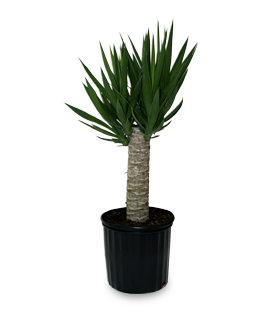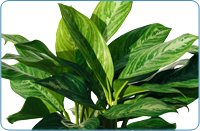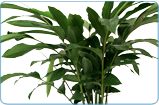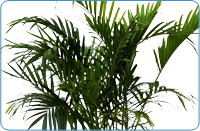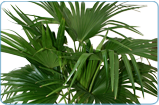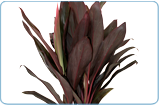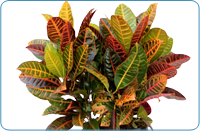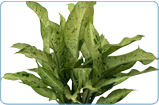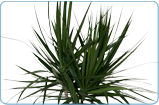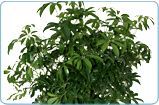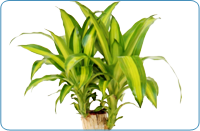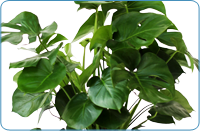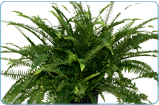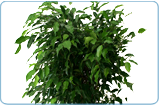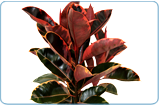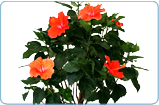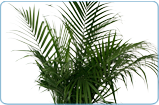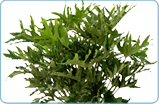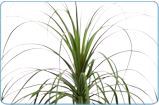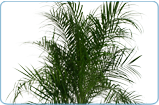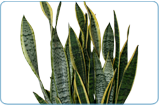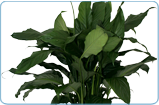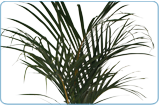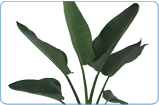Light
The Yucca will grow best in a lot of bright filtered light. A south or West facing window would be ideal.
Placement
Livingroom, Breakfast nook
Water Habits
Yucca grows best when watered thoroughly and then allowed to dry between waterings. Water the soil until it becomes very dark, but not to the point that the water is no longer being soaked by the soil. Potting the plant to allow for proper drainage will help guard against over watering.
Temperature
Ideal Temperature for Yucca: 65-80°F (18-27°C) Min: 40°F (4°C)
Did You Know ?
The botanical name for the Yucca is Yucca Elephantipes but also goes by another common name, Spineless Yucca. The Yucca originates from Mexico and Guatemala and in its native environment can grow up to 30 feet tall.





